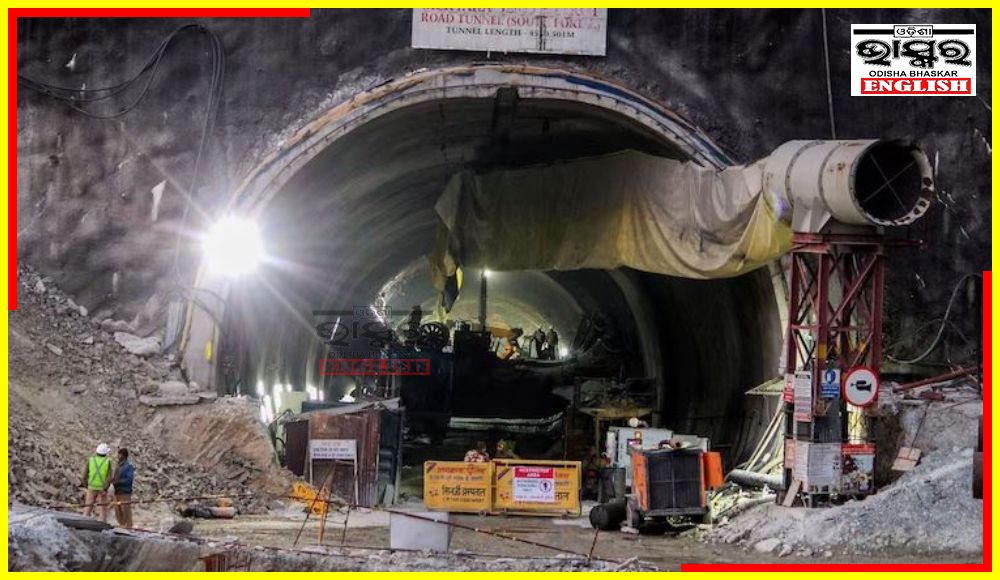Uttarkashi: In a strategic shift to accelerate the rescue efforts at the Silkyara tunnel collapse site in Uttarkashi, authorities have opted to transition from the US-made Auger drilling machine to manual drilling. This decision was prompted by the limitations encountered with the Auger machine, which faced frequent obstructions and required lengthy rollbacks for repairs.
Manual drilling, expected to cover the remaining 6 to 9 meters of debris, offers greater flexibility in overcoming these hurdles. By eliminating the need for repeated machine adjustments and setbacks, manual drilling promises to streamline the process and minimize downtime.
“Manual drilling will play a crucial role in reaching the final stretch and reuniting the trapped workers with their families,” stated a senior official involved in the rescue operation.
Prior to implementing the manual drilling approach, a ground-penetrating radar (GPR) survey was conducted to map the subsurface conditions within the tunnel. This non-destructive technique revealed the absence of any heavy objects up to 5 meters inside the tunnel, providing valuable insights for the subsequent phases of the rescue operation.
Entering its 14th day, the rescue mission has gained momentum with the adoption of manual drilling. The trapped workers, who have been confined within the 2 km-built portion since the tunnel collapse on November 12, remain the focal point of the ongoing efforts. The new approach is expected to enhance efficiency and expedite the process of bringing the workers to safety.




Comments are closed.